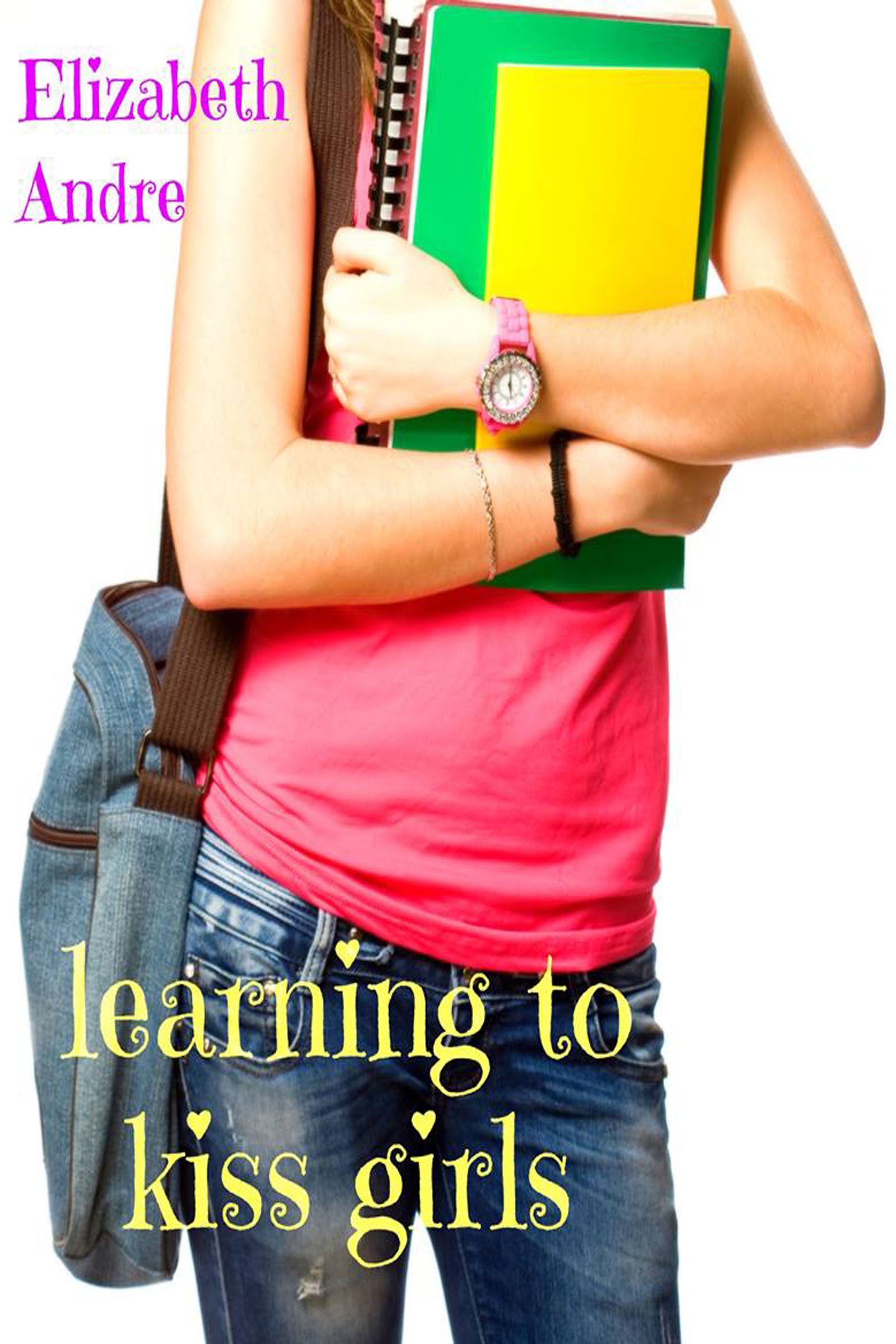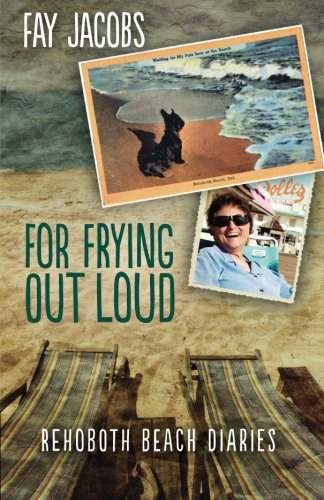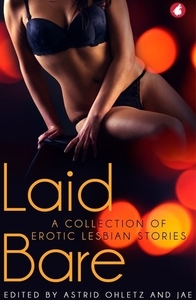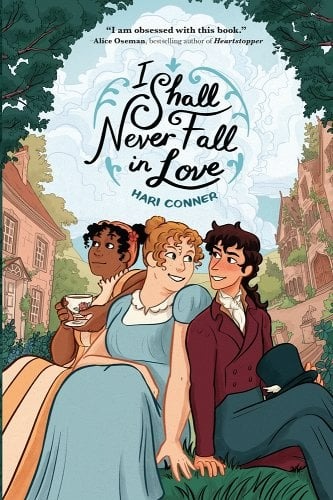Writing a short story is kind of a tall order. Thirty pages into a full-length novel, it’s safe to say a reader’s interest has either been piqued or squelched. For first-time writer Elizabeth Andre, thirty pages was all she wrote (pun intended).Learning to Kiss Girls is an unexpected pleasure. Its cover art features the body of a young girl dressed in pink and clutching school books, punctuated by the title and byline in a font from the same family line as Curlz MT, which didn’t exactly gear me up for the next YA masterpiece. But YA this is, and a pink cover certainly attracts the type of audience that would benefit from engaging in this short but sweet text.
If you’re a bit older than the “young adult” crowd (I mean, I’m not exactly raring to drop the “young” title just yet) don’t despair. Andre’s narrator, the fourteen-year-old Helen Blumenstein, speaks from a place that’s not yet wise but not quite green. Her language feels natural, unlike so many other “teen” voices that sound more like parents trying out Facebook. It’s not clear if Helen is speaking to us from her later years as she pulls us along through a few days in her teenage life, and even if she isn’t, I’d still believe her. With lines like, “I didn’t want anyone to know that someone as cool as me might be embarrassed by some nudie picture,” it’s hard not to get brought back to fourteen, to all the stupid things we said when we were self-consciously honest teenagers. Andre has an impressive command of language, a thorough knowledge of Helen’s world, and a refreshing understanding of a young might-be-queer mind that does not feel forced.
Helen is at once innocent and precocious. Her family approaches queerness matter-of-factly if not cluelessly, especially when her gay cousin and his “friend” come to visit and Helen is instructed to take them to the Art Institute, because “they’ll like that.” While never becoming caricature, hers is a Jewish family living in Chicago, complete with plastic-coated dining chairs and plenty of kvetching. Her family is not the issue when it comes to accepting her burgeoning queer identity. Quite realistically, for those of us with benignly uneducated, blissfully ambivalent, or only mildly homophobic families, her issue is that she doesn’t really know if she’s gay yet. She feels weird things for a cute girl in the museum, but she kissed a boy last week. She watches porn and wishes there weren’t so many shadowy regions, but her best friend Anna has a crush on her. It seems coming out for Helen would probably not be a very dramatic, seismic shift kind of ordeal. Helen is no drama queen; she seems to take these seesaw feelings in stride, never really lamenting nor lashing out against them. But things are always hyper-meaningful when you’re a fourteen-year-old girl, aren’t they?
This story left me eager to know what Helen’s life will be like post-first-girl-kiss. Andre’s writing style tends toward bluntness rather than floweriness, so Learning to Kiss Girls felt just the right length. But the ending seemed abrupt, and devoid of at least a modicum of emotion on Helen’s part. Somehow, this doesn’t detract from the honesty, simplicity, and thoughtfulness with which this story was crafted. For Andre’s very first work, this self-published story absolutely holds its own. I would love to see her publish a collection of short stories — perhaps with some edits to this one’s curtailed resolution.
Despite its cartoony cover and sudden drop at the end, Learning to Kiss Girls has depth and heart. I know many young readers will connect with Helen, if not wish to stay with her longer. And for those of us whose ages are better coughed into sleeves, this lovely and well-wrought story will certainly bring you back to adrenaline-coursing adolescence, warts — and kisses — and all.





Loraine T Washington says
I rem. those days.